Cost of Heart Valve Surgery in Iran
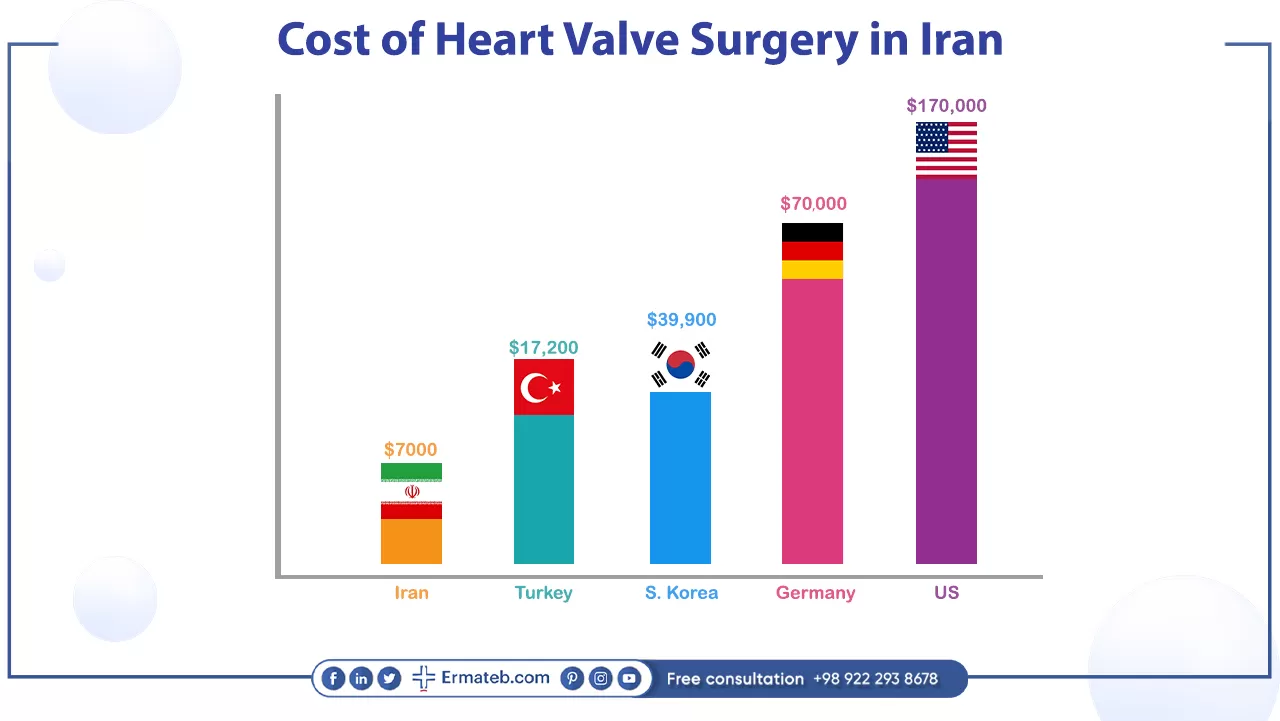 Heart valve surgery, are remarkably affordable. For instance, in Iran, the cost is $5000, whereas in India it's $7000, in Turkey $12000, in the USA $60000, and in Germany $70000. For precise pricing details, reach us via WhatsApp or fill out our online form.
Heart valve surgery, are remarkably affordable. For instance, in Iran, the cost is $5000, whereas in India it's $7000, in Turkey $12000, in the USA $60000, and in Germany $70000. For precise pricing details, reach us via WhatsApp or fill out our online form.
Types of Heart Valve Procedure In Iran

There is more than one approach that your surgeon can take to repair or replace a heart valve. In any method, general anesthesia is administered before the procedure. The main types of heart valve surgery methods include:
Open-heart surgery:
The surgeon makes an incision in the middle of your chest. After that, he cuts the breast bone open to expose your heart. In most cases, a heart-lung machine is used to take over the functions of your heart and make it possible to stop the heartbeats temporarily when it is needed. This helps the surgeon to perform the surgery on a still heart valve. The next step is cutting the aorta/mitral artery open to gain access to the valve. At this level, the surgeon can repair the heart valve or eliminate it so that it can be replaced with a replacement valve. At the end of the procedure, the surgeon restarts the heart and detaches the heart-lung machine. He may also attach a temporary pacemaker to the heart if needed.
Robotic Prociture:
A heart valve repair procedure can also be performed using the robotic approach. This method is minimally invasive and involves an easier and quicker recovery period. However, not every patient is eligible to undergo the Robotic-Assisted Heart Valve Repair. Therefore, you can ask the surgeon if this method is suitable for you.
There is another method called transcatheter aortic valve replacement (TAVR). When the patient’s health is not good enough to undergo the surgery, the cardiologist may suggest this method as a less invasive alternative.
TAVR:
TAVR, which is also known as Transcatheter Aortic Valve Implantation (TAVI), is primarily used for individuals with intense aortic valve stenosis who are at high risk for traditional open-heart operation. The aim is to replace the narrowed aortic valve without an incision in the chest.
Usually, the patient is awake during the procedure but sedated. A catheter (which is a thin, flexible tube) is inserted through a blood vessel and guided to the heart. The new artificial valve, which is usually made of bioprosthetic material, is compressed and attached to the catheter. The catheter is threaded through the narrowed aortic valve and then the new valve is expanded in place. The new valve takes the function of the old valve.( Read about aortic aneurysmt surgery Iran )
This procedure has a shorter hospital stay and patients spend less time in the hospital after TAVR. Additionally, many patients experience better heart function and improved symptoms.
It is better to note that transcatheter heart valve replacement can be performed while the heart is beating. Therefore, it’s far less invasive compared to the traditional approach to replacing a heart valve and is often recommended to individuals who are at intermediate to high risk for open-heart operation.
Why Is the Valve Surgery Needed?
There are various reasons for valve surgery. When the heart valves get leaky or narrowed, it puts a lot of pressure on the heart and disrupts the blood flow. The abnormality in the heart valves might be because of acquired valve disease or be congenital. They may contribute to heart failure if left untreated. Two types of heart valve abnormalities are:
1. Leaky heart valve:
A leaking valve doesn’t close properly and causes blood to flow back into the ventricle, which leads to aortic regurgitation; a condition that could disrupt the heart’s efficiency to pump blood to the rest of your body.
2.Narrowed Heart valve:
A narrowed aortic valve doesn’t open completely and therefore restricts the amount of blood that enters the aorta. This condition is called mitral or aortic stenosis and may cause a reduction in or blockage of the blood flow.
When these conditions occur, the heart muscles become enlarged and weakened, which leads to heart failure. Heart failure is a chronic condition with symptoms such as shortness of breath, chest pain, dizziness, swollen legs, fatigue, and rapid heartbeat.
When the surgeon diagnoses the condition, the patient will be put through several tests to figure out the severity of the disease. In some cases, monitoring the heart’s function and prescribing medications may suffice, and in some severe cases, surgery may be needed.
Before Heart Valve Surgery
Before the surgery, it is necessary to prepare both physically and mentally. Some tips to consider before the surgery include:
1.The medical team will assess the patient’s overall health, including lung capacity, heart function, and any other medical conditions. Some tests may also be performed before the surgery such as blood work, electrocardiogram (ECG), chest X-rays, and echocardiogram.
2.The patient should discuss the current medications with the doctor since some medications may need to be stopped before the procedure.
3. If the patient smokes, he or she should quit before surgery at least 2 weeks before the surgery. This is because smoking can impair healing and increase the risk of side effects.
4.The patient should visit their dentist to address any dental issues. This is because infections in the mouth can lead to complications after the procedure.
5.The patient better maintain a balanced diet and stay hydrated since proper nutrition supports the process of healing and recovery.
6.Consider light exercise to improve overall fitness. The patient better consults the doctor about an appropriate exercise plan.
7.Understand the procedure, advantages, and disadvantages.
8.Plan for the hospital stay and recovery. Arrange meals, transportation, and assistance at home.
Heart Valve Surgery Risks and Benefits
Benefits:
1.Surgery improves blood flow and overall heart function.
2.Surgery can alleviate symptoms such as shortness of breath and fatigue.
3.Functioning valves contribute to better long-term health.
Risks:
1.Bleeding
2.Infection
3.Stroke
4.Death
5.Irregular heart rhythm (arrhythmia)
6.Heart attack
7.Replacement valves issues
Recovery After Heart Valve Surgery in Iran
The recovery time after open-heart valve surgery includes 7 days at the hospital and about one month of refraining from lifting heavy objects and strenuous activities. The hospital stay for less invasive approaches like robotic-assisted heart valve repair or transcatheter valve replacement will be 2 to 3 days and about 3 weeks after the surgery, the patient can get back to normal activities.
After the surgery, the patient will be encouraged to get up, breathe deeply, and resume drinking, eating, and walking as soon as they can. The patient will receive pain medication to alleviate discomfort from the incision and other chest or upper body pains.
After the surgery, the patient can expect to regain energy gradually. He/she will work toward returning to the usual activity level.
For Home Recovery consideration, slip-on shoes or slippers are practical. The patient should wear loose-fitting pants or shorts for comfort. If you are a woman, consider a front- or shoulder-fastening bra. You should plan for managing tasks like laundry and dishwasher loading.
The ideal diet after your heart valve surgery should be low in cholesterol and fat but high in fiber. Your diet should include fruits, vegetables, whole grains (including Barley, brown rice, oatmeal, etc.), bread, and low-fat protein such as fish and lean meat. Additionally, you should limit your intake of saturated fats, salt, sugar, and sodium.
Some people with intense aortic stenosis can be ideal candidates for a less invasive replacement called transcatheter aortic valve implantation), which is also called TAVR. This minimally invasive surgery is similar to placing a stent inside an artery. A catheter, a tube or thin wire, is threaded through an artery to the diseased valve, and a new valve is placed inside the old valve.
If the person has mitral regurgitation, he/she may be a candidate for transcatheter mitral valve repair, also called transcatheter edge-to-edge repair (TEER). During this operation, doctors access the mitral valve with a catheter that is guided through a vein in the patient’s leg to reach the heart. A small, implanted clip is attached to the patient’s mitral valve to help it close more completely. This helps to restore normal blood flow through the heart.

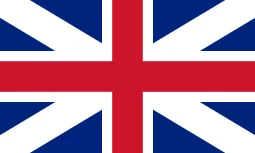
 Arabic
Arabic
 German
German
 Persian (Farsi)
Persian (Farsi)
 Russian
Russian
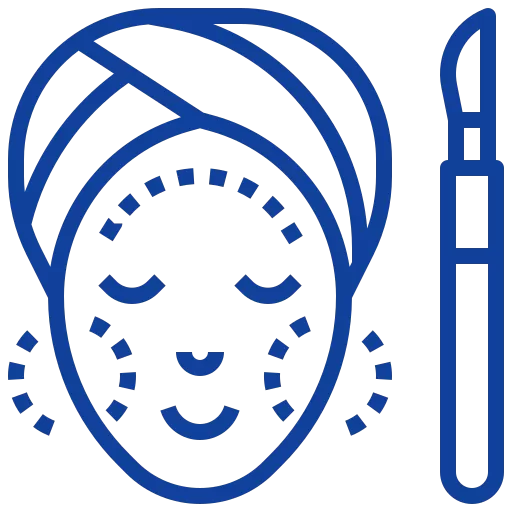 Beauty
Beauty

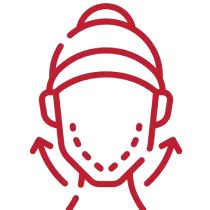

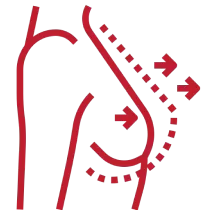
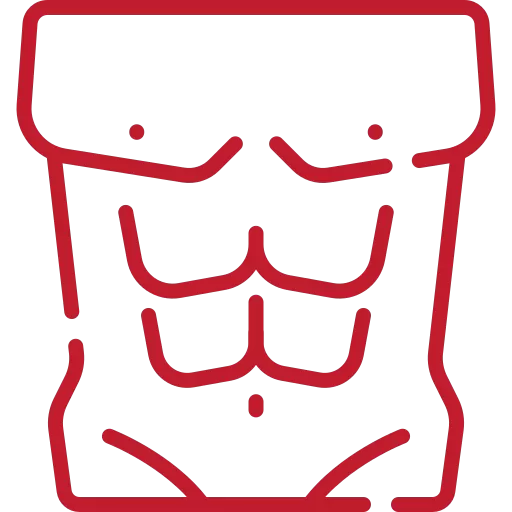

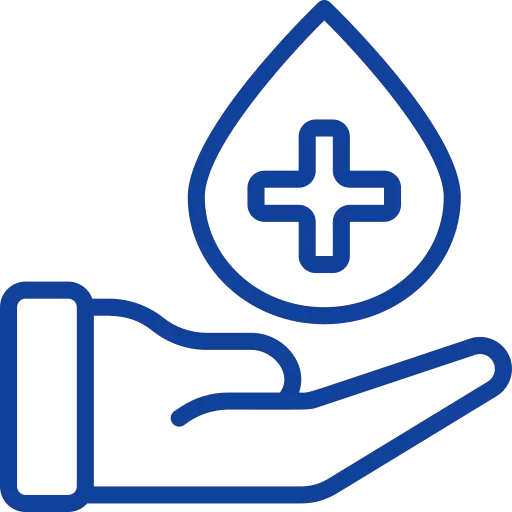 Medical
Medical
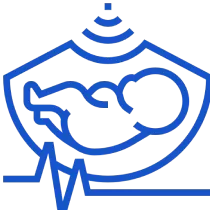


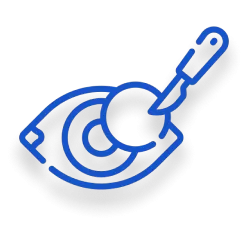
 Hotels
Hotels
 Hospitals
Hospitals






























![Frequently asked question about [name]](/v2tem/images/pages/service/faq-image.webp)
